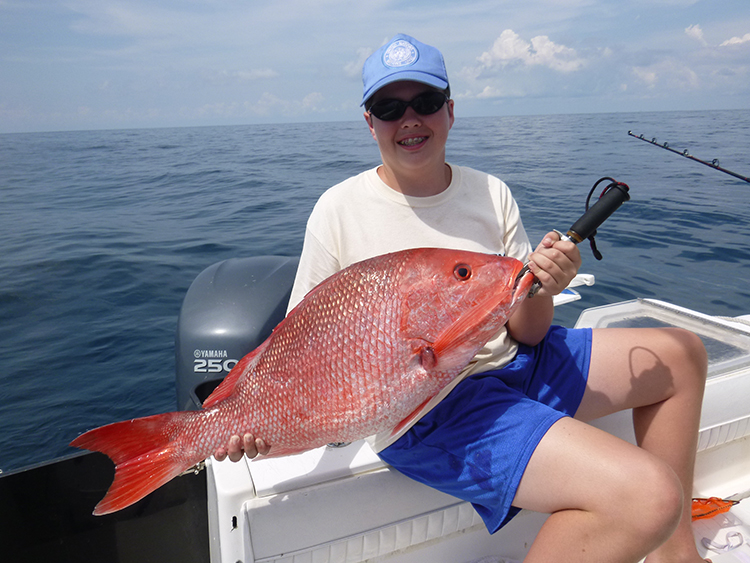
Red snapper anglers along our coast got some hopeful news with the recent announcement that two Florida members of Congress have secured $3.3 million in federal funds to conduct a groundbreaking study to get an accurate count of these tasty and hard-fighting reef fish in South Atlantic waters.
The 30-month study, announced by Reps. Stephanie Murphy and John Rutherford, will be performed in the Atlantic from North Carolina to South Florida by a group of university researchers, government scientists, and a private company that develops ecological models.
It’s the first time for a such a wide-ranging, comprehensive, independent population study of one of our region’s most iconic food and sport fish, which is sought by thousands of commercial and recreational anglers.
Red snapper on our coast are managed by the South Atlantic Fishery Management Council and NOAA Fisheries. Based on their 2016 stock assessment, the agencies have declared the species overfished and implemented stringent rules to rebuild the stock – limiting the recreational open season to just four days and allowing only a six-week commercial open season last summer. Season dates for 2021 have not yet been announced.
Many recreational and commercial fishers believe the stock assessment underestimates the number of red snapper in South Atlantic waters.
“I am hopeful that this study will bring longer seasons and more opportunities for anglers to fish for red snapper,” said Rep. Rutherford.
Scientists will use remotely operated underwater vehicles as well as fish traps and video camera data to estimate the distribution and population of red snapper. They will conduct genetic studies; analyze fish ear bones and tissue samples; and develop a forward-looking population model – concentrating on fish two years old and older because that’s when they reproduce.
The study will be similar to the Great Red Snapper Count conducted in the Gulf of Mexico last year by researchers from Texas A&M’s Harte Research Institute. Those scientists reported to Congress last fall that there are up to three times as many red snapper living in the Gulf as previously estimated in government surveys. Gulf red snapper are managed separately from their counterparts in the South Atlantic.
Local anglers are hoping for good news from the South Atlantic research.
“I think it’s healthier than [fisheries managers] are letting on,” said Vero Beach recreational angler Nick Smiciklas, referring to the local red snapper population. “Maybe these guys doing the study can open up the season more than it is.”






